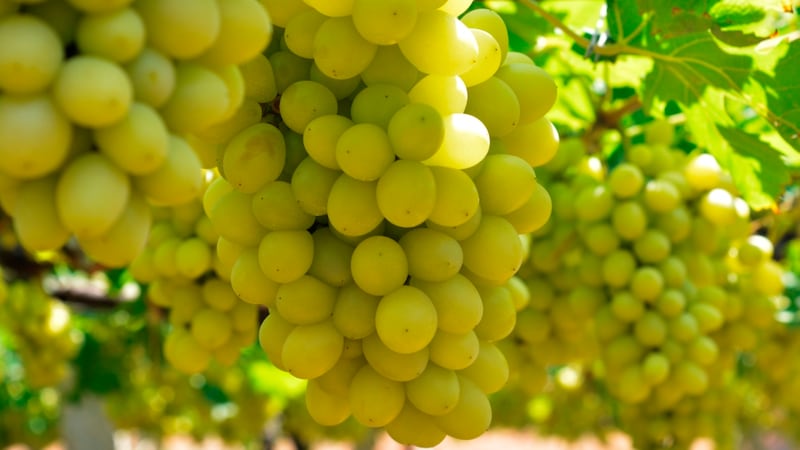It has an unmistakable pungent aroma, making it one of the easiest grapes to recognise in blind tastings. We adore it in this country, but we are merely part of a worldwide love-in of Sauvignon Blanc. Whether it comes from Marlborough in New Zealand or Chile, we just cannot get enough of it. Plantings are spreading around the world to include many warm areas unsuited to this cool climate variety.
I suspect most wine drinkers like it as much for what it isn’t as for what it is; it isn’t too high in alcohol and it isn’t aged in new oak barrels. It is usually light, fresh and full of fruit. What is not to like? Nothing obviously.
However, drinking one wine all the time can get very dull. I have pointed out a few alternatives here before. My favourite would be Riesling, but every country offers their own version of crisp ’n’ dry.

But how do you make Sauvignon more interesting? One option is to plant it in a special place as they do, on chalky Kimmeridgian and Portlandian soils, in Sancerre and Pouilly-Fumé; the wines tend towards racy, flinty and mineral. A second possibility is to use a few tricks in the winery, such as wild yeasts, lees stirring and oak barrels, to add layers of complexity. If done well, as Greywacke and others have done in Marlborough, the wines are well worth trying.
There is plenty of Sauvignon in Bordeaux (where it is used for both dry and sweet wines such as Sauternes), Bergerac and other parts of southwest France. Here the tradition is to blend in some Sémillon and sometimes a dash of Muscadelle. The latter gives a lovely floral aroma and the Sémillon a plumpness that develops into a delicious toastiness with age.
All of the top white wines of Bordeaux, and there are some truly great wines, are made this way, with plenty of new oak barrels being used as well.
It is one of the only times where I enjoy Sauvignon in combination with new oak. Inexpensive Bordeaux Blanc, Bergerac Sec and other Sauv/Sem blends can offer fantastic value, and far more interest than many pure Sauvignon Blancs.
Western Australia also uses the same blend to great effect. A final alternative is to make it fizzy; there are now a number of sparkling Sauvignon Blancs available. I am not yet convinced.
I give one example of each style of Sauvignon; a lovely Bordeaux blend with 30% Sémillon, then a crisp mineral terroir-driven Sauvignon from Saint Bris (actually part of Burgundy) and a barrel-fermented, wild yeast wine from one of the new stars of South Africa, David Niewoudlt.











